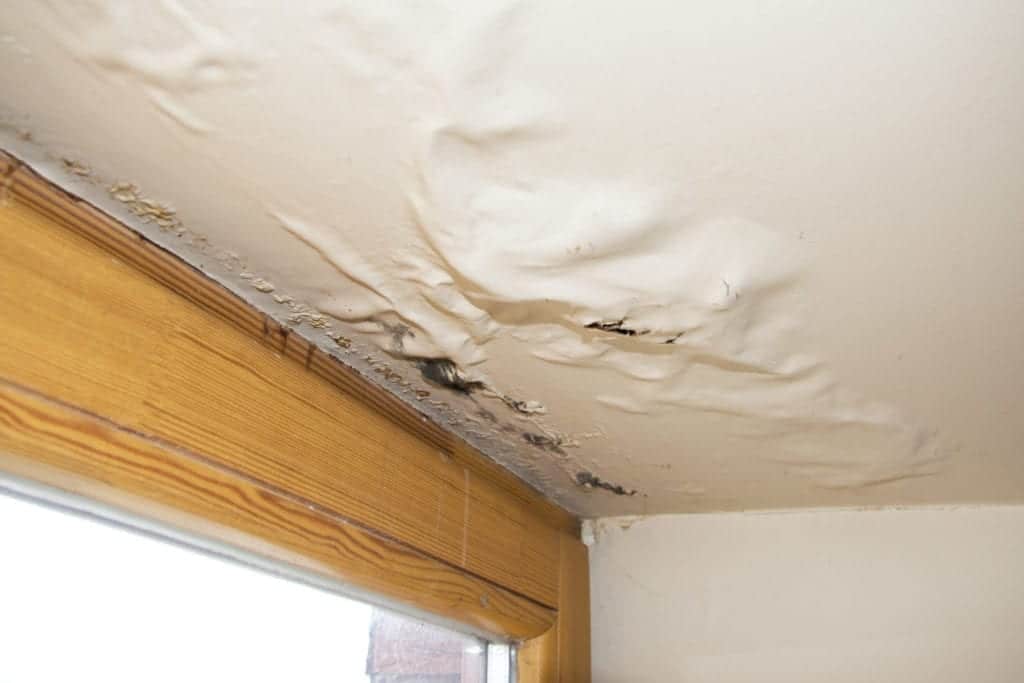How to Check If Your Home Has a Covert Leak
How to Check If Your Home Has a Covert Leak
Blog Article
What're your opinions with regards to Leaking water lines?

Early detection of dripping water lines can alleviate a potential catastrophe. Some little water leaks might not be visible.
1. Examine the Water Meter
Every home has a water meter. Inspecting it is a surefire way that assists you find leakages. For beginners, turn off all the water sources. Make certain no one will flush, use the faucet, shower, run the washing maker or dishwashing machine. From there, most likely to the meter and watch if it will certainly transform. Given that no one is utilizing it, there must be no motions. That shows a fast-moving leakage if it moves. If you identify no changes, wait a hr or two as well as inspect back once more. This indicates you might have a slow leakage that might even be below ground.
2. Inspect Water Consumption
If you detect abrupt modifications, in spite of your usage being the exact same, it implies that you have leakages in your plumbing system. A sudden spike in your costs suggests a fast-moving leakage.
At the same time, a stable rise monthly, despite the same practices, shows you have a slow-moving leak that's also gradually rising. Call a plumber to extensively check your residential or commercial property, especially if you really feel a cozy location on your floor with piping underneath.
3. Do a Food Coloring Examination
30% comes from toilets when it comes to water intake. Test to see if they are running appropriately. Decrease specks of food color in the tank and also wait 10 mins. If the color in some way infiltrates your bowl during that time without flushing, there's a leakage in between the tank and also dish.
4. Asses Exterior Lines
Don't fail to remember to check your exterior water lines as well. Needs to water leak out of the connection, you have a loose rubber gasket. One little leak can throw away bunches of water and increase your water bill.
5. Evaluate the situation and also examine
House owners need to make it a behavior to inspect under the sink counters and also even inside cabinets for any type of bad odor or mold growth. These 2 warnings suggest a leak so prompt focus is required. Doing regular evaluations, also bi-annually, can conserve you from a significant issue.
If you recognize your residence is currently old, keep a watchful eye on your heating systems, tubes, pipes etc. Look for discolorations and weakening as the majority of home appliances and also pipes have a life span. They will certainly also naturally deteriorate because of tear as well as put on. Don't wait for it to rise if you suspect leaking water lines in your plumbing system. Call an expert plumber right now so you do not wind up with an awful mess in your house.
Early detection of leaking water lines can mitigate a possible calamity. Some little water leakages may not be visible. Examining it is a proven method that helps you discover leakages. One small leak can throw away bunches of water as well as spike your water costs.
If you presume leaking water lines in your plumbing system, do not wait for it to escalate.
WARNING SIGNS OF WATER LEAKAGE BEHIND THE WALL
PERSISTENT MUSTY ODORS
As water slowly drips from a leaky pipe inside the wall, flooring and sheetrock stay damp and develop an odor similar to wet cardboard. It generates a musty smell that can help you find hidden leaks.
MOLD IN UNUSUAL AREAS
Mold usually grows in wet areas like kitchens, baths and laundry rooms. If you spot the stuff on walls or baseboards in other rooms of the house, it’s a good indicator of undetected water leaks.
STAINS THAT GROW
When mold thrives around a leaky pipe, it sometimes takes hold on the inside surface of the affected wall. A growing stain on otherwise clean sheetrock is often your sign of a hidden plumbing problem.
PEELING OR BUBBLING WALLPAPER / PAINT
This clue is easy to miss in rooms that don’t get much use. When you see wallpaper separating along seams or paint bubbling or flaking off the wall, blame sheetrock that stays wet because of an undetected leak.
BUCKLED CEILINGS AND STAINED FLOORS
If ceilings or floors in bathrooms, kitchens or laundry areas develop structural problems, don’t rule out constant damp inside the walls. Wet sheetrock can affect adjacent framing, flooring and ceilings.
https://www.servicemasterbyzaba.com/blog/how-to-detect-water-leakage-in-walls/

As a serious reader on Detecting hidden plumbing leaks, I assumed sharing that editorial was a good thing. Do you know another person who is fascinated with the subject? Feel free to promote it. I love reading our article about Locating water leaks.
Report this page